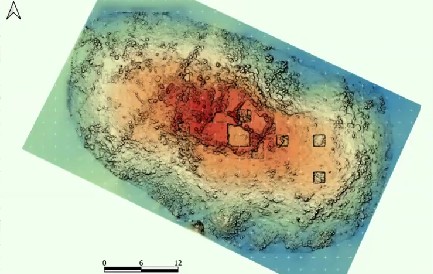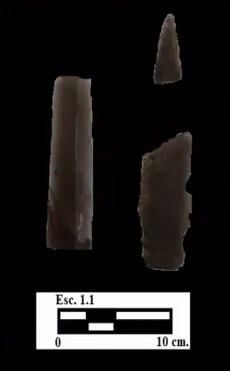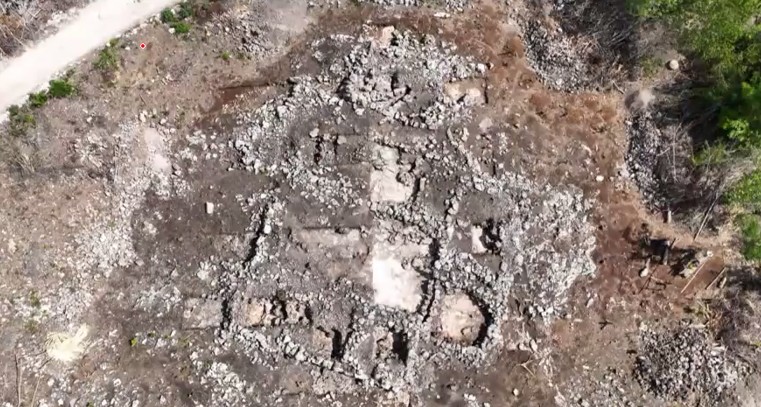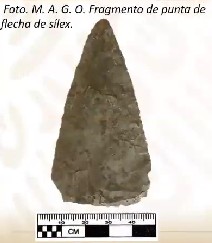From Daily Life to Economic Exchanges in the Maya Area: The Archaeological Salvage Work in Front 4, Section 6



During the archaeological work carried out as part of the Archaeological Salvage Project of the Maya Train, not only large monuments have been discovered, but also those that tell us about the daily life and subsistence of the ancient Maya. Such is the case with the discoveries made in Section 6, Front 4, led by Dr. Manuel E. Pérez Rivas, with the support of archaeologists, specialists from various disciplines, manual laborers and/or specialized masons, as well as assistance from the National Institute of Anthropology and History (INAH), the INAH Quintana Roo Center, and the Secretariat of National Defense (SEDENA).
A Long Journey Traveled, A Great Legacy Discovered
Throughout the 36 km surveyed within the area comprising Front 4 of Section 6, which begins in Felipe Carrillo Puerto and ends in Reforma Agraria, a total of 846 monuments were found, including platforms, levelings, "chich" mounds, and albarradas. The archaeologists who worked on this front noted that many of these monuments were located near bodies of water and natural elevations, which could indicate that they were residential groups. However, the most interesting aspect of these monuments was what was found inside them, as several contained archaeological elements that could help in understanding the local economy.
An example of this is what archaeologist Alberto Pérez Landa found at monument T6_13103. Within some cists in the central patio of the monument, he discovered obsidian, suggesting commercial exchange in the area, as obsidian is not commonly found in the Maya region.
Finally, another monument of notable importance was T6_13248, T6_13247, and T6_13246, excavated by archaeologist Martha García Orihuela. These associated monuments contained two cists. In the first cist, she found a fragment of a flint arrowhead, a lip plug made from shell, and a vessel. In the second cist, she discovered an offering of nine shell objects grouped together—seven complete and two broken—which possibly formed a necklace.
From Daily Life to Economic Relations
The monuments found along Front 4, Section 6, tell us about the economic relations and daily life of the ancient Maya. The presence of uncommon materials suggests participation in a network of raw material exchanges from distant places, from which obsidian, shell, and jadeite were obtained and discovered in the area. Additionally, within daily life, one can also explore the possible domestic residential functions; that is, the specific use of different areas, such as the production of various goods like food and textiles, observable through the objects found.
Undoubtedly, the work carried out in the Salvage of the Maya Train, with the commitment of INAH, the INAH Quintana Roo Center, the Government of the State of Quintana Roo, the Strategic Projects Agency of the State of Quintana Roo (AGREPO), and Bienestar, opens a window to the past and helps us understand and appreciate our history.
